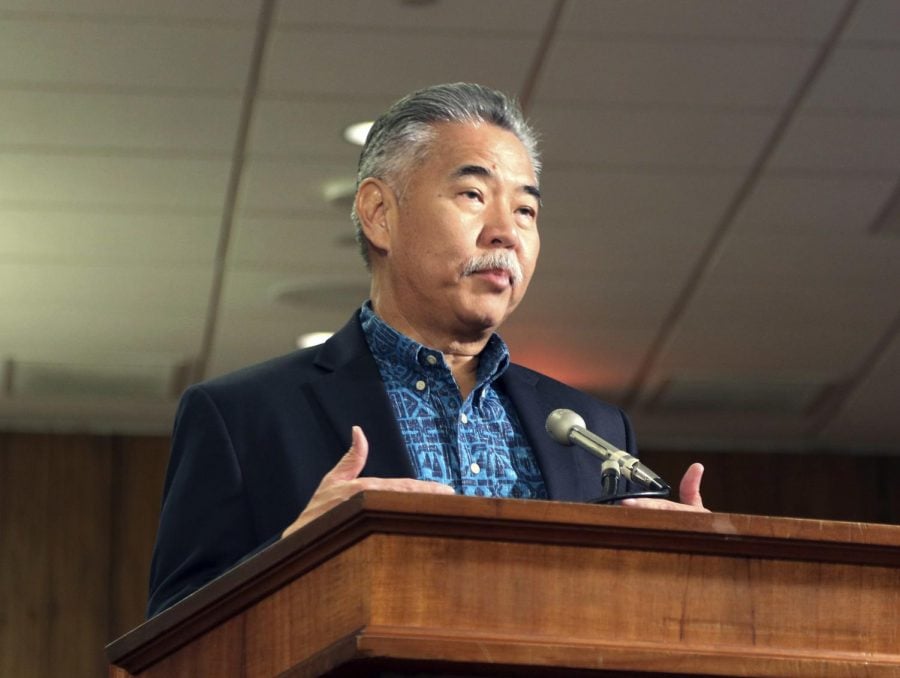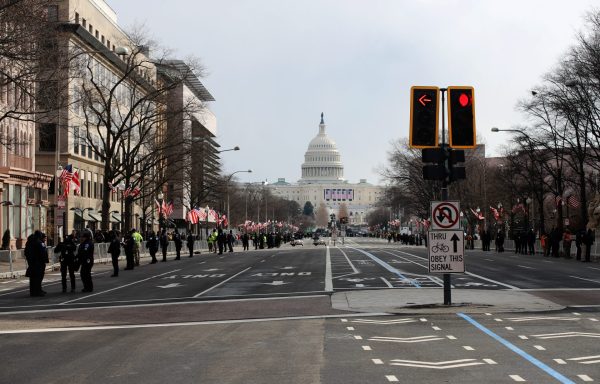Hawaii’s false alarms create panic
Most of Hawaii’s 1.4 million residents woke up to an alert that a missile was heading towards them in the early morning on Saturday, Jan. 13. The state’s emergency management agency, Hawaii Emergency Management Agency (HI-EMA), sent signal via the Emergency Alert System (EAS) to phones, televisions and radios at 8:07 a.m.
The error occurred during a routine internal test during shift change.
An employee at the HI-EMA confused two options on a menu, leading to the error and subsequent false alarm; instead of clicking the ‘DRILL – PACOM (CDW) – STATE ONLY’ option, the employee clicked ‘PACOM (CDW) – STATE ONLY’. This sent the false alarm message across the state.
“It was a mistake made during a standard procedure at the changeover of a shift, and an employee pushed the wrong button,” Governor David Ige said in a statement on Jan. 13.
A message was sent out saying that a ballistic missile threat was coming towards Hawaii, and warning residents to seek shelter.
While officials at HI-EMA, the governor’s office, the Honolulu Police Department and U.S. Pacific Command knew shortly after the alarm went off that there was no threat to the island, residents of the island had to wait anywhere from 13 to 38 minutes to be notified of the false alarm, depending on how actively they follow state agencies and officials on social media.
“(HI-EMA) has confirmed that there was no ballistic missile and that there were no computer hacks to the HI-EMA system,” HI-EMA said in an official statement. “The cause of the false alarm was human error.”
The alert came at a time when tensions between the U.S. and North Korea are high, and Hawaii is the state closest to North Korea.
“I think that the current political climate made the alarm that much more frightening for everybody,” political science student Neil Sengupta said. “I saw texts online with parents saying goodbye to their kids. I don’t think that would happen in a more stable time.”
Light was shed on how unprepared the state and the general public were if something like a missile strike were to actually occur. People didn’t know where to go and they didn’t know how long they had. The false alarm could be looked at as an opportunity to learn how to better prepare for situations like this.
In response to the incident, the HI-EMA is working to make sure that a false alarm like this does not happen again.
Ige has suspended all future drills until HI-EMA has completed a full analysis of what happened. HI-EMA has also instituted two-step activation/verification for its notifications, both for tests as well as an actual incoming missile. They have also installed a cancellation command on site, so that authorization from FEMA Integrated Public Alert and Warning System is no longer required.







